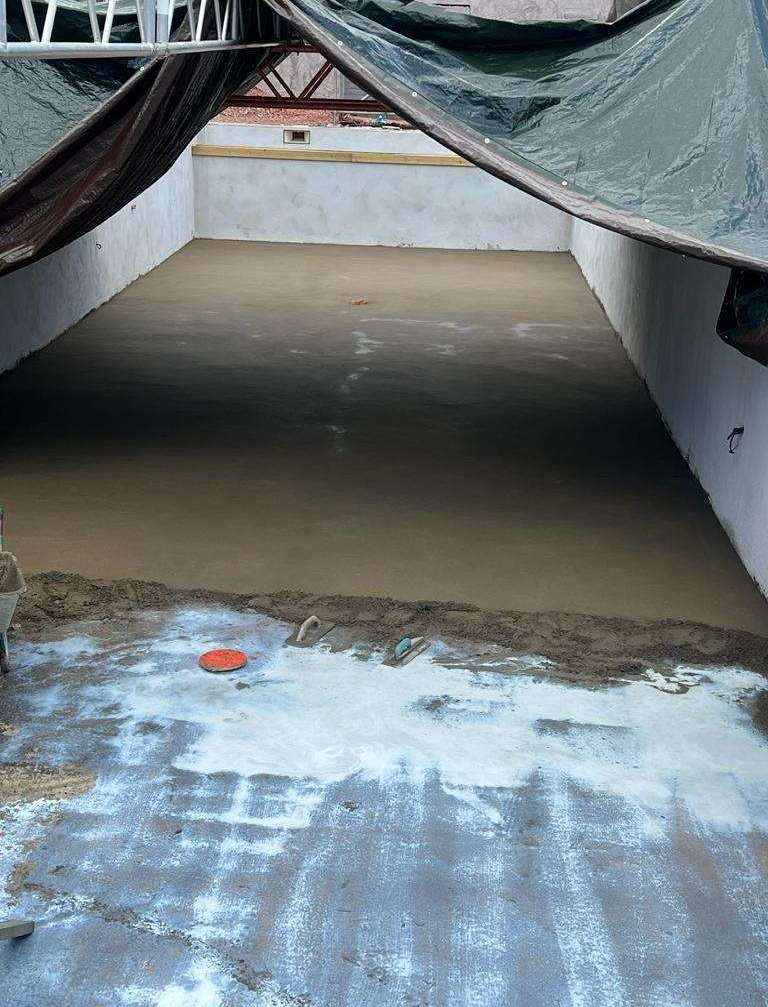The Ultimate Guide to Liquid Screeding
Posted on 29th October 2023 at 09:32
Are you ready to up your flooring game? Then you need liquid floor screed in your arsenal. If you're renovating or building a new house, this guide will teach you everything you need to know about liquid screeding. With its seamless application process and quick drying time, this modern marvel will give your floors a flawless finish like never before. Leave cracked tiles behind and welcome a smooth, professional-looking surface.
What Is Liquid Screed?
Liquid screed is a specialised flooring material with a lot of advantages over traditional screeds. A liquid flow screed is self-levelling and can flow effortlessly across large areas, filling in any gaps or irregularities to create an even and smooth surface. It's perfect for new builds and renovations.
The Process of Liquid Screeding Explained
A liquid screed is poured over a floor surface using a mixture of water, binder, and other additives. With excellent flow characteristics, this compound can easily level itself out to create an even and smooth surface.
The subfloor has to be prepared first. Make sure it's clean, dry, and free of dust. This ensures proper adhesion between the subfloor and the liquid screed. Once the subfloor is ready, the liquid screed is poured on. As it flows across uneven surfaces, it fills in gaps and smooths out irregularities. After it's cured, gravity helps achieve an incredibly flat finish that requires very little work.

Advantages of Liquid Screeding
Quick installation
With liquid screed, you don't have to wait many days for it to dry and set. It's perfect for time-sensitive projects or situations where you need quick access to the floor.
Quick installation minimises disruptions to other trades and keeps construction projects on schedule. In traditional screeds, other trades have to wait until the flooring dries completely before they can start their work. Liquid screeding reduces this waiting time, so projects can be managed more efficiently.
Quick installation also means less stress and inconvenience for homeowners or businesses getting new floors. You don't have to worry about extended drying times or limiting access to certain parts of the building.
Cost reduction
A major advantage of liquid screeding is its ability to reduce costs significantly. This means less time and money spent on labour and associated costs. Additionally, liquid screeding requires fewer materials compared to other methods, resulting in reduced material expenses.
Disadvantages of Liquid Screeding
Laitance presence
Finished flooring can be damaged by laitance, a common problem with liquid anhydrite screed. It's prone to dusting off or bonding poorly with adhesives used for the final floor covering. It's important to address laitance issues promptly before laying the final floor covering when using liquid anhydrite screeds.
How to Prepare for a Liquid Screeding Project
Proper preparation is key when it comes to liquid screeding. Identify if any repairs or adjustments need to be made before starting the project. It can include filling in cracks or levelling uneven surfaces. Dust and dirt must also be removed from the area to be screeded.
Make sure you take safety precautions when you're preparing for liquid screeding. Inspect the work area for hazards that could cause accidents or impede progress.
The Rendering Company: Your Trusted Partner for Superior Screeding
When you partner with The Rendering Company, you're gaining access to passionate professionals who know how to transform spaces. Whether it's rendering, external wall insulation, or screeding, we've got you covered.
Contact us today and experience the transformation that expert rendering, external wall insulation, and screeding can bring to your project.
Tagged as: Screeding
Share this post:
